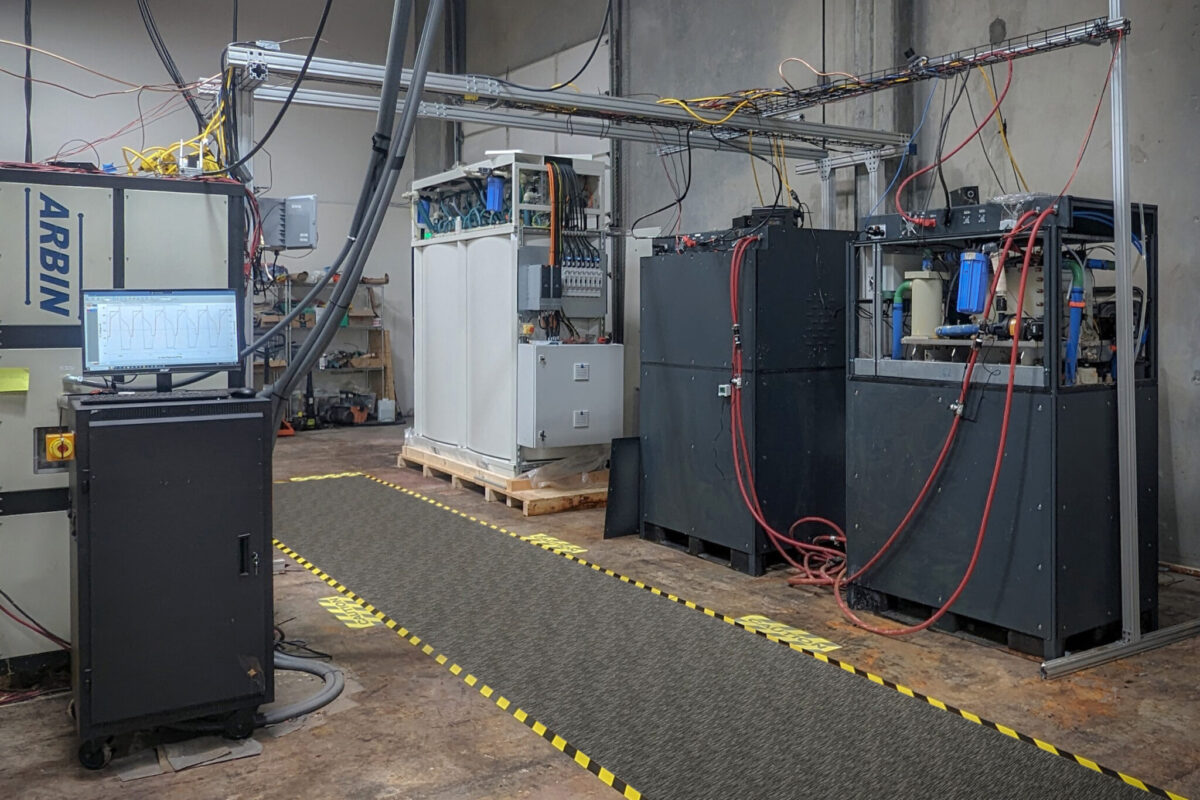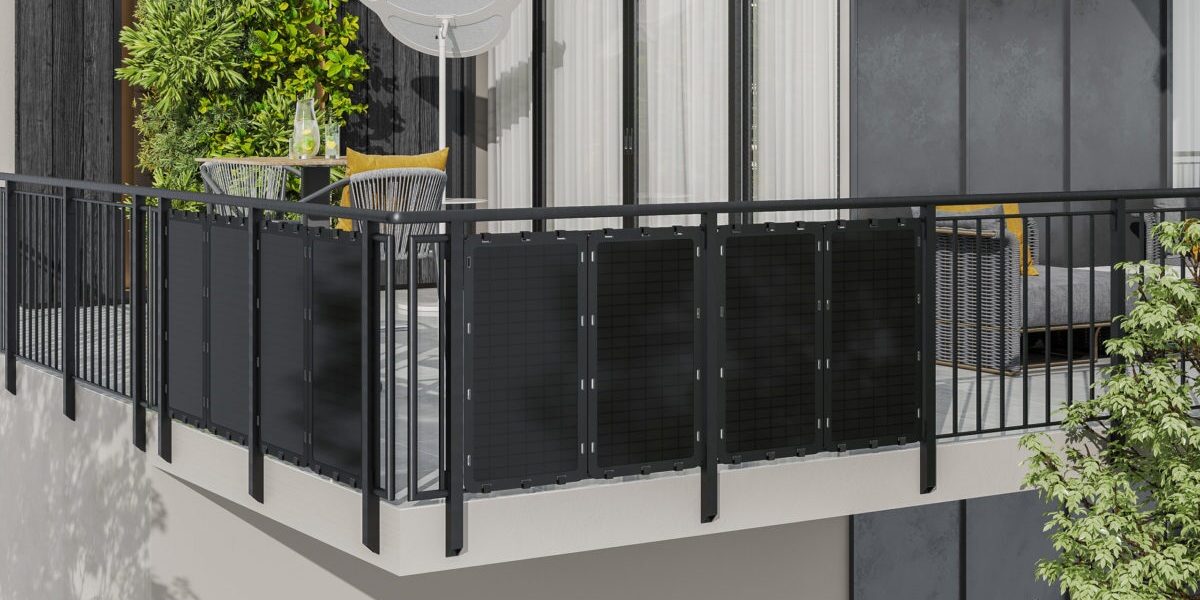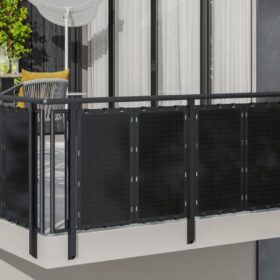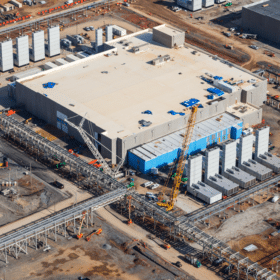Between the recent passage of the anti-clean energy budget bill and tariffs on imported solar and storage components, it’s getting harder and harder to bring new builds online, particularly as federal funding grows scarcer.
Still, three new grid-scale storage projects are defying the odds.
Together, iron-sodium battery startup Inlyte Energy, Binghamton University, and a collaboration between developer Long Hill Energy Partners and quinone flow battery maker Quino Energy bagged a cumulative $15 million through the U.S. Department of Energy’s Critical Facility Energy Resilience (CiFER) Funding Opportunity Announcement (FOA).
Inlyte and Long Hill’s projects will utilize non-lithium-based batteries, whereas Binghamton’s award will be used to develop a bio-mineralized lithium mixed-metal phosphate battery.
“We’d been looking for grant funding for a project with Quino’s batteries for years,” explained Ed Chiao, the founder of Long Hill, adding that a hospital site in Los Angeles County quickly became their target site. While none of the awardees received feedback from the DOE about their successful applications, Chiao told pv magazine USA that he feels that the resilience aspect played a large role in their award’s success.
“The health center in Lancaster is an ambulatory clinic serving a disadvantaged community that’s also a high fire risk zone,” he said, adding that the hospital “didn’t even have diesel generators” to keep them online in the event of a blackout. “We wanted to provide a robust energy resilience solution there.”
Ben Kaun, the chief commercial officer at Inlyte, echoed Chiao’s sentiments around the role of batteries in improving fire resilience.
Inlyte’s project will be situated at the Alliance Redwoods conference grounds in Occidental, CA. It’s also in a high wildfire risk corridor, Kaun explained, and it’s been a valuable community resilience hub in Sonoma County.
“This area has gone through some major fire events in the last five-to-ten years, and this particular site has been used as a staging point for CalFire during active fires,” Kaun said, adding that it has also served as a community evacuation site. Inlyte’s aiming to reinforce the camp’s resilience so it can continue providing for the community.
One way to do so? Providing a storage solution with a consistent and reliable supply chain.
“If you look at the FOA, there’s definitely a preference for U.S.-made, low-cost energy storage that has an abundant supply chain,” he told pv magazine USA. Inlyte’s batteries rely on cheap and easily-acquirable minerals: iron and salt.
Kaun also pointed toward resilience as another key aspect, particularly for projects involving critical infrastructure like hospitals or military installations.
“We don’t want to be caught with our pants down when it comes to critical infrastructure,” added Eugene Beh, Quino’s founder and CEO, pointing out that non-flammable storage systems like Quino’s flow battery are particularly well-suited to vulnerable applications.
What stands out most, however, is safety.
Lithium-ion systems, while dominant, have faced pushback in fire-prone regions like California due to thermal runaway risks and high-profile fires.
“Every time a lithium-ion facility catches fire, it makes headlines and prompts new siting restrictions,” Beh noted. Both Beh and Kaun expressed that their alternative chemistries should help to challenge that thinking.
“But not all batteries are flammable,” Beh added. “There are safer alternatives that can actually provide a lot of value to the community if a wildfire does occur.”
This content is protected by copyright and may not be reused. If you want to cooperate with us and would like to reuse some of our content, please contact: editors@pv-magazine.com.









By submitting this form you agree to pv magazine using your data for the purposes of publishing your comment.
Your personal data will only be disclosed or otherwise transmitted to third parties for the purposes of spam filtering or if this is necessary for technical maintenance of the website. Any other transfer to third parties will not take place unless this is justified on the basis of applicable data protection regulations or if pv magazine is legally obliged to do so.
You may revoke this consent at any time with effect for the future, in which case your personal data will be deleted immediately. Otherwise, your data will be deleted if pv magazine has processed your request or the purpose of data storage is fulfilled.
Further information on data privacy can be found in our Data Protection Policy.